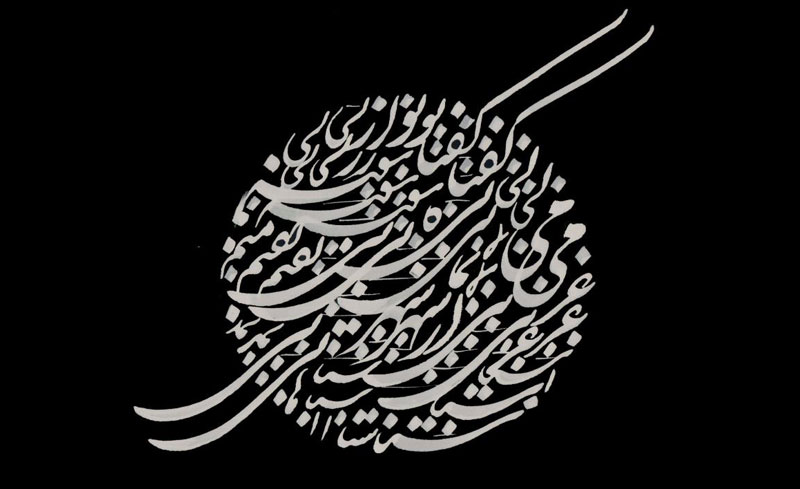Persian: the language spoken in Iran
Indo-Iranian is one of the main branches of the linguistic family, whose speakers are one of the first Indo-European peoples integrated into history. One of the languages of this family has become the classical language of a culture as ancient and special as that of Iran. In the first millennium BC, the Indo-Iranians appeared definitely divided into its two branches, Hindu and Iranian, and settled in a continuum from Iran to India, passing through Afghanistan and Pakistan. From this moment on, the two peoples must be considered separately. Therefore, one of these languages is precisely Persian, that is, modern Persian. Farsi is of Indo-European origin and completely different from Semitic languages such as Arabic or Hebrew.
Iran became Islamized in the 7th and 8th centuries AD, after the Arab conquest, when the Arabic alphabet replaced the Persian. However, this language retained its grammatical forms, so from a morphosyntactic point of view, Persian remained the same as before and did not become a Semitic language. Iran’s pre-Islamic history was so opulent and radical that it has left clearly recognizable traces, beginning with the language. Before the Arab conquest, the Persian language went through two phases of evolution: Ancient Persian and Avestan.
Old Persian was the official language of the Achaemenid dynasty during the Persian Empire. Darius the Great (521 – 486 BC) introduced writing for his language, a simplified form of the cuneiform system.
Avestan is the language in which Avesta, the sacred text of the Zoroastrians, is written. Long transmitted orally, it was not written until after the 3rd century AD, during the reign of the Sassanids, and underwent a significant simplification compared to the old. He had not only one alphabet, but two: the Aramaic alphabet and the so-called Huzvaresh.
Even today, the various Iranian dialects continued to evolve until, in the 10th century, they emerged in the form of modern Persian. The main literary work of modern Iran is the epic poem “The Book of Kings”, whose author, Ferdowsi, lived until about 1000 AD. Today, many dialect varieties are still spoken. Among them are Persian, the national language of Iran; Pashto, the official language of Afghanistan; Kurdish dialects, spoken in Syria, Turkey, Iran and Iraq; and the dialects of the Pamir, on the Pamir Plateau, northwest of Afghanistan. Finally, the Iranian languages of the North Caucasus, Ossetian, and Caspian dialects are the inheritors of the language of the last remaining Indo-European elements on the steppes, whom we call Scythians and Sarmatians.



Comments